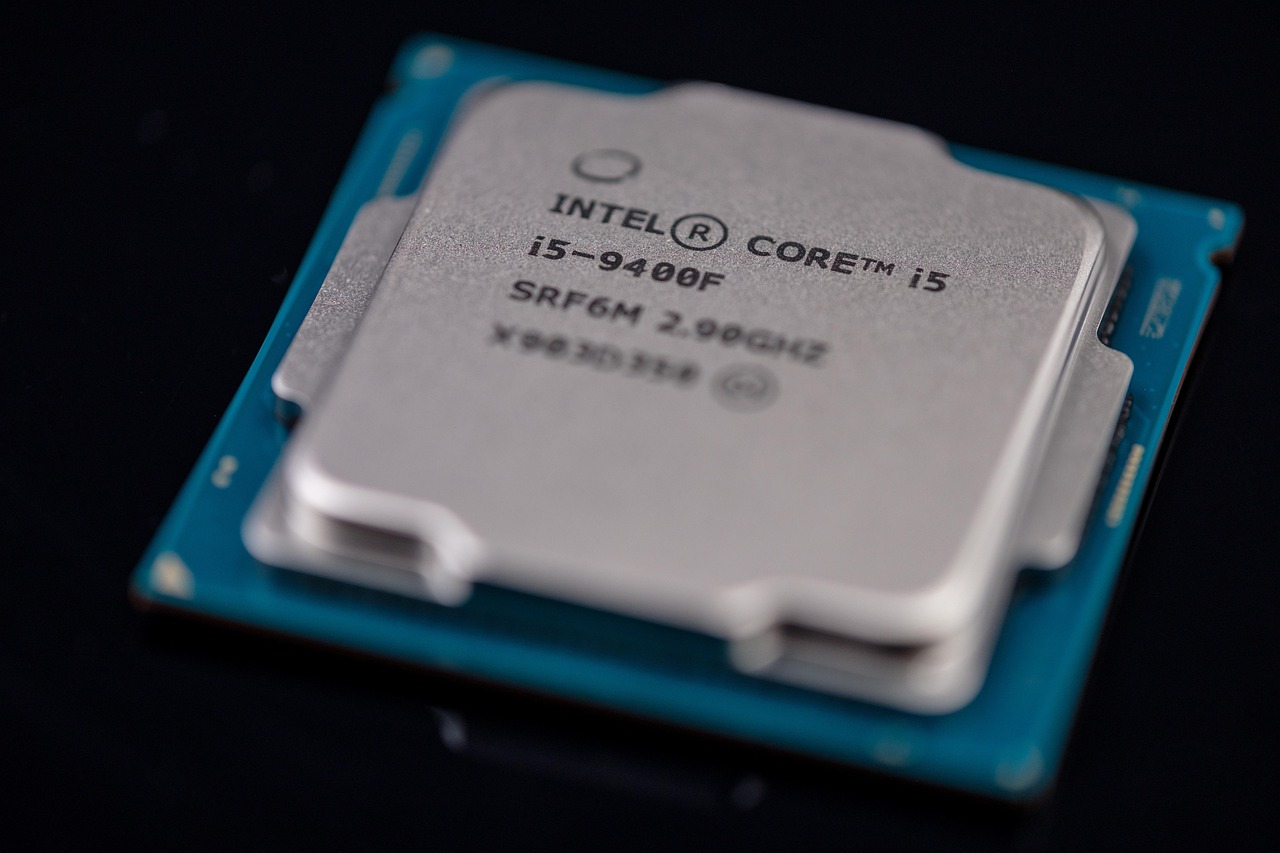NFT Graffiti Geotags: Bridging the Digital and Physical Worlds

In the rapidly evolving landscape of digital art, Non-Fungible Tokens (NFTs) have emerged as a revolutionary force, reshaping how art is created, owned, and valued. One intriguing development within this domain is the concept of NFT graffiti geotags, which blend traditional street art with blockchain technology. This fusion offers novel opportunities for artists and collectors, while also posing unique challenges and questions about the future of art in an increasingly digital world.
Historically, graffiti has been a form of artistic expression characterized by its ephemeral nature and its role in social commentary. Often created without formal permission, graffiti transforms public spaces into canvases, allowing artists to communicate messages directly to the public. With the advent of NFTs, graffiti artists can now extend the life and reach of their work by embedding it within the digital realm.
The Intersection of Art and Technology
NFT graffiti geotags represent the convergence of digital art and geographic specificity. By using blockchain technology, artists can create NFTs that are linked to specific physical locations where their graffiti exists. This innovative approach ensures that the art is not only preserved in the digital space but also maintains a connection to its original environment.
These geotags are typically created by attaching metadata to an NFT, which includes the geographical coordinates of the graffiti’s location. This allows viewers to experience the art both digitally and in situ, providing a layered interaction that combines the physicality of traditional graffiti with the permanence and accessibility of digital art.
Global Context and Implications
The integration of NFTs and geotagged graffiti has significant implications on a global scale. In cities around the world, from New York to Berlin to Tokyo, street art has long been a vibrant part of urban culture. By adopting NFT geotags, graffiti artists can protect the legacy of their work against urban development and regulatory restrictions that often lead to the removal or destruction of street art.
Moreover, NFT graffiti geotags open new avenues for engagement with audiences. Art enthusiasts can use digital platforms to discover geotagged graffiti, leading them to explore different neighborhoods and cities in search of these artworks. This can foster a deeper appreciation of urban art and encourage tourism, providing economic benefits to local communities.
Challenges and Considerations
Despite the promising potential of NFT graffiti geotags, several challenges must be addressed. One of the primary concerns is the legal and ethical implications of tagging physical graffiti with NFTs. Since much graffiti is created without official authorization, questions arise about the ownership and the right to monetize these artworks digitally.
Additionally, the environmental impact of blockchain technology cannot be ignored. The energy consumption associated with minting NFTs, particularly on networks like Ethereum, raises sustainability concerns that need to be balanced against the benefits of preserving and promoting digital art.
Conclusion
NFT graffiti geotags represent a fascinating blend of physical and digital art, offering new ways for artists to express themselves and for audiences to engage with art. As this trend continues to evolve, stakeholders must navigate the legal, ethical, and environmental challenges to ensure that this innovation contributes positively to the art world and beyond.
As we look to the future, the integration of NFTs and traditional art forms like graffiti serves as a testament to the enduring adaptability and creativity of the art community. By bridging the digital and physical worlds, NFT graffiti geotags may well redefine how we understand and appreciate art in the 21st century.














